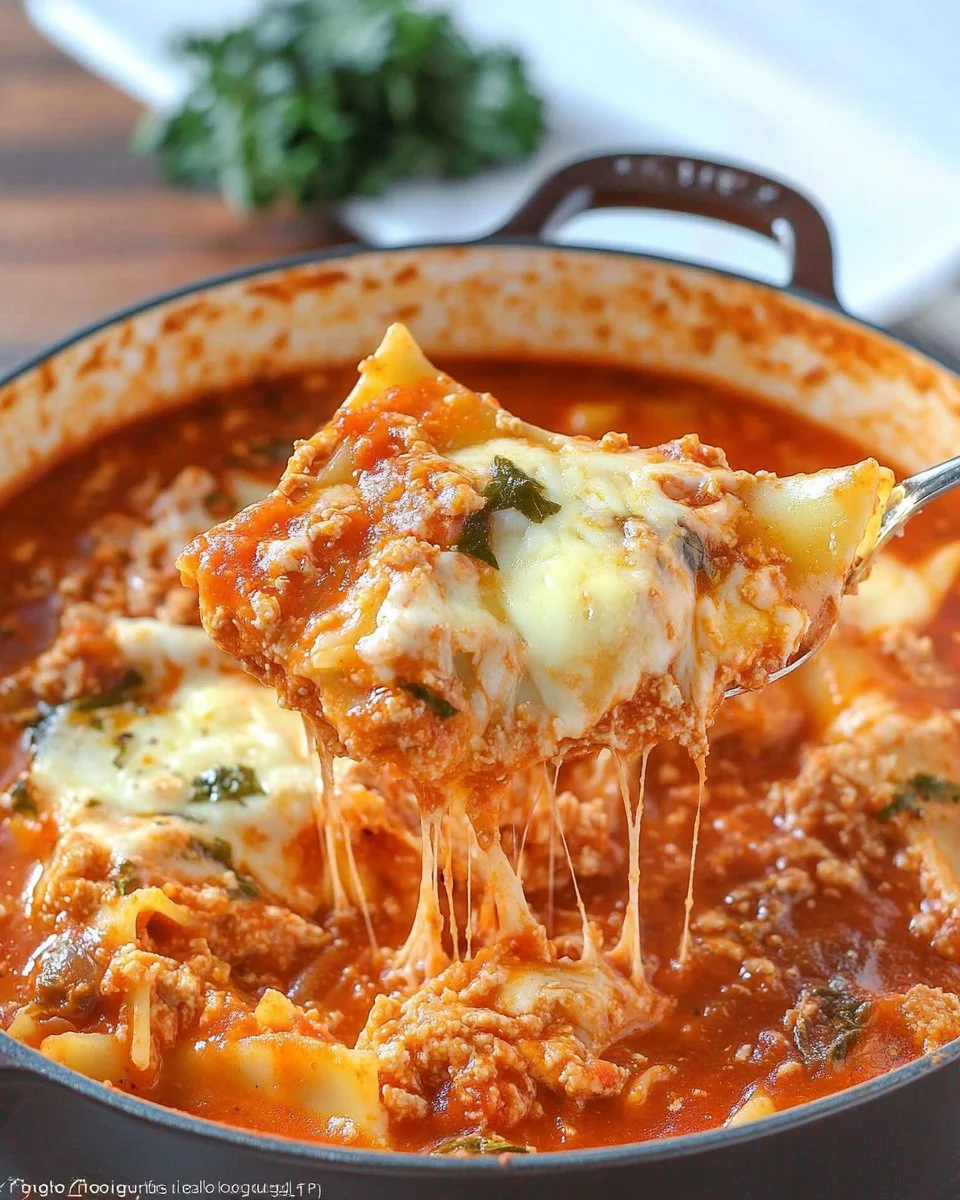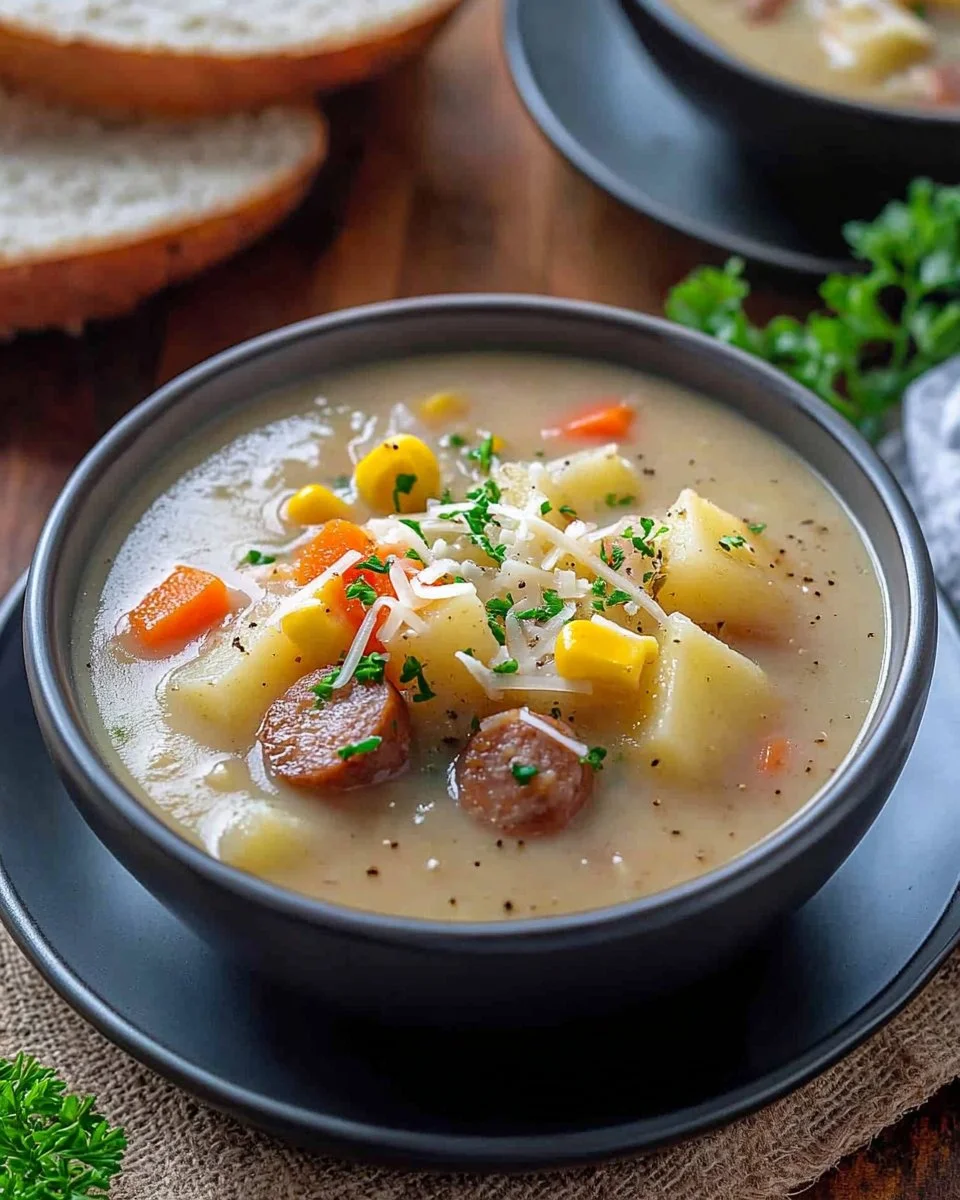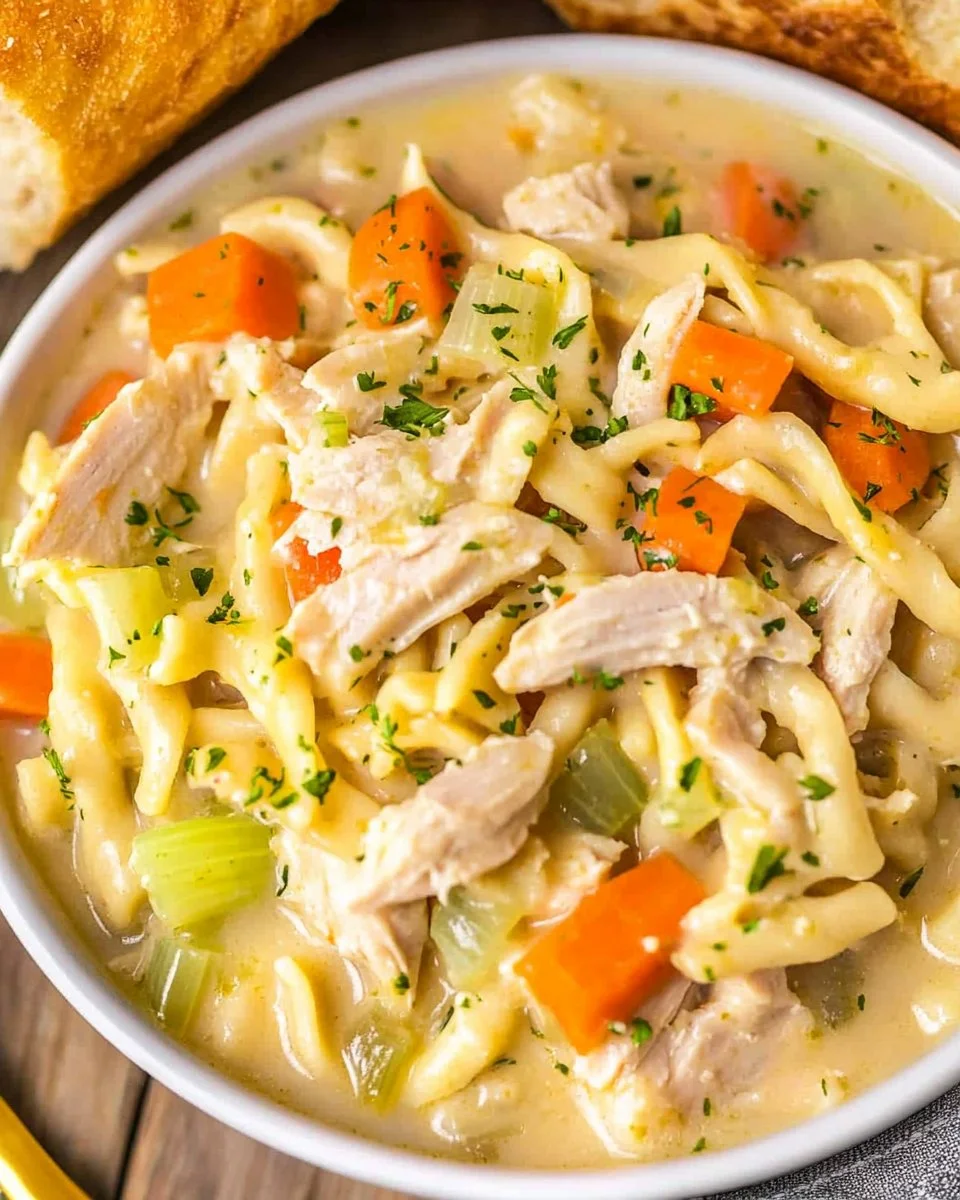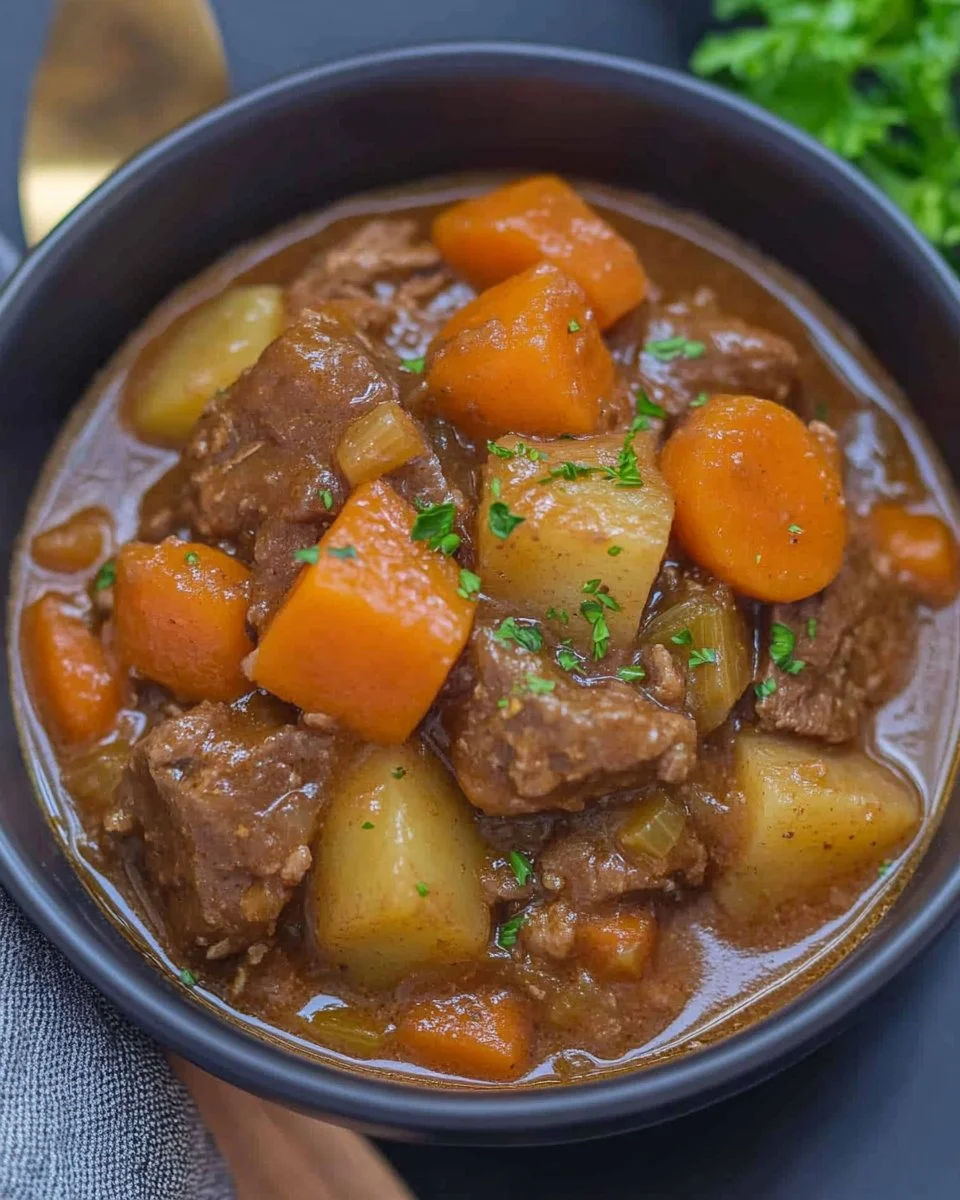Ever wondered what makes truly great barbecue stand out? Often, it’s that incredible smoky flavor and melt-in-your-mouth texture you just can’t replicate indoors. Well, get ready, because we’re diving deep into how to achieve that magic with Smoked Chicken Breast right in your own backyard. Forget dry, boring chicken – we’re talking about juicy, flavor-packed perfection that will make you the undisputed hero of your next cookout. Making fantastic smoked chicken breast at home is easier than you think, and the results are absolutely worth it.
Smoked Chicken Breast vs. Other Cooking Methods
Let’s be honest: baked or pan-fried chicken breasts can be fine. But smoking? That’s a whole different ballgame. When you smoke chicken, you’re slowly infusing it with the aromatic essence of wood. Whether you choose a sweet apple wood or a robust hickory, that gentle smoke works its way deep into the meat, creating layers of flavor you simply can’t get from direct heat alone. It’s a complex, savory taste that complements the chicken beautifully, turning a simple protein into something truly special. This unique flavor profile is the number one reason people fall in love with smoked chicken breast.
Achieving Supreme Tenderness and Moisture
One of the biggest challenges with lean chicken breast is keeping it moist. High, direct heat tends to squeeze moisture out quickly, leading to that dreaded dry, chewy texture. Smoking, however, uses low, indirect heat. This gentle cooking process allows the chicken to cook through evenly without aggressively drying out. Combined with techniques like brining (which we’ll get into!), smoking helps the chicken retain its natural juices, resulting in exceptionally tender and succulent smoked chicken breast every single time.
Versatility of Smoked Chicken Breast
Don’t just think of smoked chicken breast as a weekend-only project. Once you master the basics, it can easily become a go-to for meal prep or impressive yet easy dinners. Slice it over salads, shred it for tacos or sandwiches, dice it into pasta dishes, or serve it whole as the centerpiece of a fantastic BBQ platter. Its rich flavor makes it incredibly versatile, pairing well with countless sides and sauces. It’s a true culinary chameleon!
Essential Equipment and Ingredients
Alright, before we fire things up, let’s make sure you have the right tools and ingredients on hand. Having the proper setup makes the process smoother and ensures you get the best possible results for your smoked chicken breast.
A Breakdown of Smoker Types and Their Impact on Chicken
The type of smoker you use will definitely influence the process and flavor. Here’s a quick rundown:
- Pellet Smokers/Grills: These are super popular for a reason! They use wood pellets and a digital controller to maintain temperature, making them very user-friendly. Great for beginners and offers consistent results.
- Electric Smokers: Another easy-to-use option. Just set the temperature, add wood chips for flavor, and let it do its thing. They might not impart as deep a smoke flavor as charcoal or offset smokers, but they’re convenient.
- Charcoal Smokers: These require a bit more hands-on temperature management but reward you with classic, rich smoke flavor. Many BBQ purists swear by charcoal.
- Offset Smokers: The big rigs of the smoking world. They have a separate firebox, allowing for true indirect heat and fantastic smoke flow. They take practice to master, but can produce incredible results.
No matter your smoker type, the key is maintaining a steady, low temperature for that perfect smoked chicken breast.
Critical Tools for Smoking Success: Thermometers, Tongs, Pans
Forget guessing! Temperature is everything when smoking. You absolutely need:
- A Reliable Digital Thermometer: Actually, make that two!
- Leave-In Probe Thermometer: This stays in the chicken throughout the cook, monitoring the internal temperature without you having to open the smoker constantly
- Instant-Read Thermometer: Use this to double-check the temperature in different spots of the breast towards the end of the cook, ensuring accuracy.
- Long Tongs: For safely placing and removing the chicken from the hot smoker.
- A Drip Pan (Optional but Recommended): Catches drippings, helps with cleanup, and can be used to add moisture.
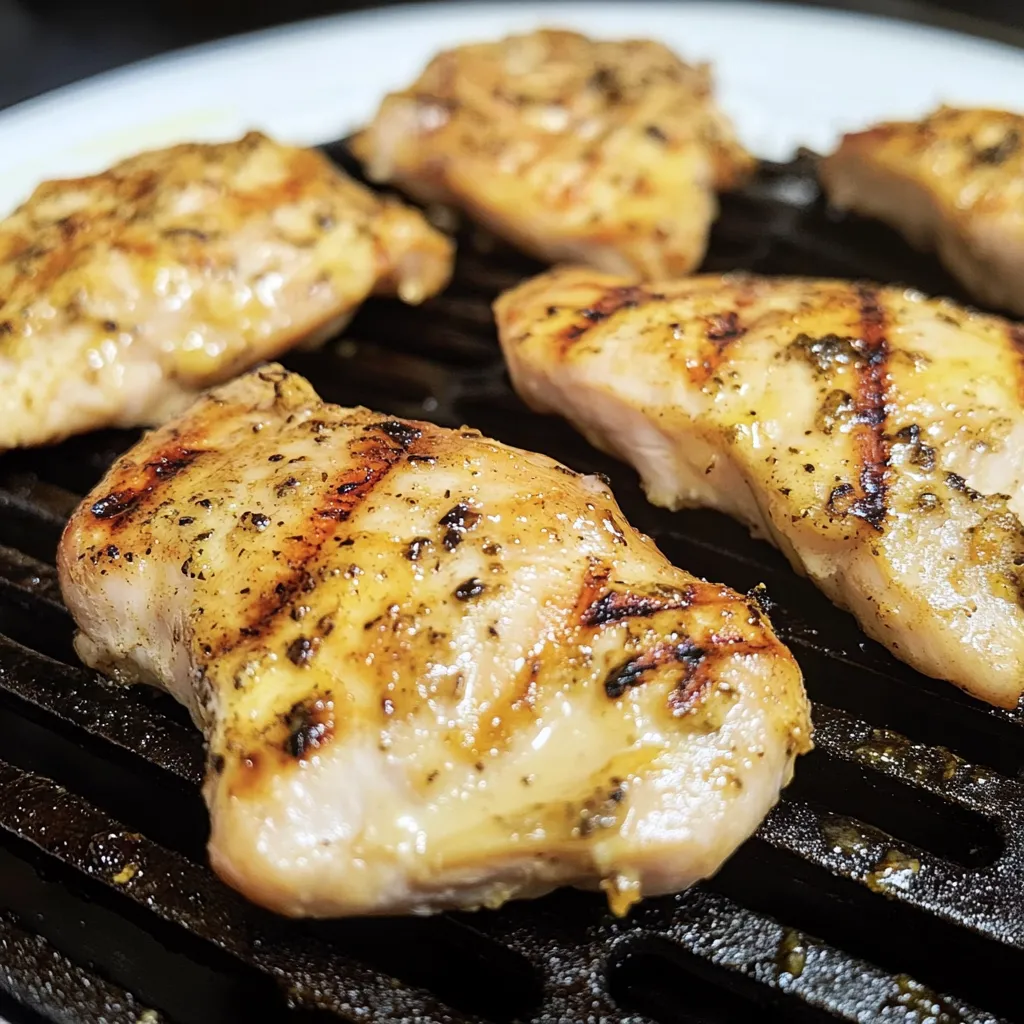
Best Wood Types for Smoking Chicken Breast
Wood choice significantly impacts the final flavor. Chicken has a milder taste than beef or pork, so it pairs best with milder woods. Overpowering it is easy! Good choices include:
- Fruitwoods: Apple, Cherry, Peach – These offer a light, sweet, fruity smoke that’s fantastic with poultry. Great starting point.
- Mild Hardwoods: Alder, Maple, Oak, Pecan – Alder is delicate, maple slightly sweet, oak is a classic BBQ flavor (use sparingly), and pecan is richer than fruitwoods but still great.
- Hickory: A stronger, bacon-like flavor. Many love it, but use it judiciously with chicken, perhaps mixed with a milder wood, to avoid bitterness.
Avoid mesquite for chicken breast; its intense flavor is usually too overpowering. Experiment to find your favorite wood for smoked chicken breast!
Pantry Essentials: Beyond Chicken – Oils, Spices, Brine Components
Besides the star of the show, you’ll likely need:
- Oil: A neutral oil, like vegetable, canola, or olive oil, often helps rubs adhere.
- Your Favorite Dry Rub: Whether store-bought or homemade, this is key for surface flavor. Common ingredients include salt, pepper, paprika, garlic powder, onion powder, maybe some brown sugar for sweetness and caramelization.
- Brine Ingredients (if brining): Kosher salt and water are the basics for a wet brine. Sugar is often added. For dry brines, it’s mainly kosher salt, possibly sugar, and spices.
Setting Your Chicken Up for Smoky Perfection
A little prep goes a long way towards ensuring your smoked chicken breast is juicy and flavorful. Don’t skip these steps!
To Brine or Not To Brine? Unpacking the Science and Methods
Brining is like a secret weapon against dry chicken. But is it always necessary?
- What it is: Brining involves soaking chicken in a saltwater solution (wet brine) or rubbing it generously with salt (dry brine) before cooking.
- How it works: Through osmosis and diffusion, the salt helps the chicken muscle fibers absorb and retain moisture during cooking. It also seasons the meat from the inside out.
- Wet vs. Dry: Wet brining (soaking in salt water, often with sugar/spices) adds more moisture. Dry brining (salting the surface and letting it rest) primarily helps the chicken retain its natural moisture and results in better skin texture.
- Should you do it? For lean smoked chicken breast, especially boneless, skinless, brining is highly recommended. It provides significant insurance against dryness. If you’re using a rub with high salt content already, you might skip a separate brine, but it’s generally a good idea.
Simple Smoked Chicken Breast Brine Recipes
Keep it simple!
- Basic Wet Brine: Dissolve 1/4 cup of kosher salt and optionally, 1/4 cup brown sugar in 4 cups of water. Submerge chicken breasts completely and refrigerate for 1-4 hours (longer for thicker cuts, less for thin). Rinse thoroughly and pat dry afterward.
- Basic Dry Brine: Sprinkle about 1/2 teaspoon of kosher salt per pound of chicken evenly over all surfaces. Place on a rack over a sheet pan and refrigerate uncovered for at least 4 hours, or ideally overnight. Do not rinse before cooking, just pat dry.
When to Skip: If your rub is very salty, or if you’re very short on time. But generally, try to make time for it!
Crafting the Ultimate Dry Rub: Flavor Profiles and Application Tips
The rub adds that delicious crust and surface flavor.
- Flavor Profiles: Go classic BBQ (paprika, brown sugar, garlic, onion, chili powder), savory (herbs like rosemary, thyme, black pepper), or spicy (cayenne, chipotle). Balance is key! Salt is essential, usually added separately in a brine or just before the rub.
- Application: After brining (if done) and thoroughly patting the chicken dry, lightly coat it with oil (optional, helps adhesion). Apply the rub generously and evenly over all surfaces. Don’t be shy!
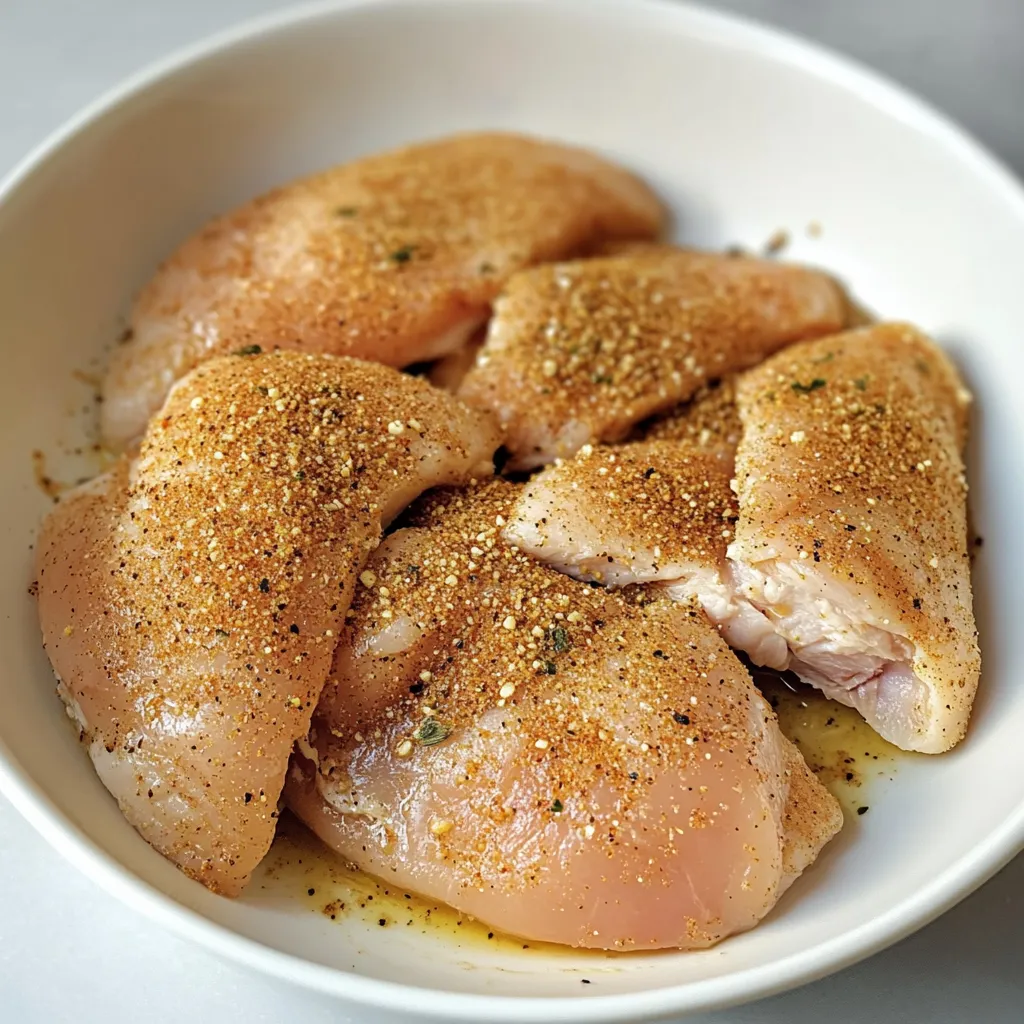
Mastering the Smoked Chicken Breast Process
Alright, the prep is done. Time to get that chicken into the smoke! This is where the magic happens.
Smoker Setup: Achieving the Ideal Smoking Environment
Preheat your smoker! You want it holding steady at your target temperature before the chicken goes in.
- Target Temp: Aim for somewhere between 225°F and 275°F (107°C – 135°C). We’ll discuss why below.
- Wood Ready: Add your chosen wood chunks, chips, or pellets according to your smoker’s instructions. You want thin, blueish smoke, not thick white billowing smoke (which tastes acrid).
- Water Pan: If your smoker has one, fill it with water. This adds humidity to the cooking environment, helping keep the smoked chicken breast moist.
What is the Best Temperature to Smoke Chicken Breast?
This is a key question! While you can smoke lower or higher, the sweet spot for smoked chicken breast is generally 225°F to 275°F (107°C – 135°C).
- Why this range?
- 225°F – 250°F (107°C – 121°C): Classic “low and slow.” Gives more time for smoke flavor to penetrate, very gentle cooking, and maximum moisture retention. Takes longer.
- 250°F – 275°F (121°C – 135°C): A good balance. Cooks a bit faster than 225°F, still allows good smoke flavor, and can help achieve slightly better skin texture.
- Below 225°F: Can take too long, potentially keeping the chicken in the “danger zone” (40°F-140°F) for too long if not careful, and can lead to rubbery skin.
- Above 275°F: Cooks faster, less time for smoke absorption, higher risk of drying out the lean breast meat.
For your first time, aiming for 250°F (121°C) is a great starting point.
Placing the Chicken: Indirect Heat and Positioning for Even Cooking
Always cook chicken breast using indirect heat. This means placing it away from the direct heat source (the coals, the burner, etc.).
- Arrange the chicken breasts on the smoker grate, leaving some space between them for air and smoke circulation.
- If you know your smoker has hot spots, position the thicker parts of the breasts towards those areas if possible, or be prepared to rotate them partway through.
The Importance of Internal Temperature (Not Time!)
This is the golden rule of smoking: Cook to temperature, NOT to time.
- Insert the probe of your leave-in thermometer into the thickest part of the largest chicken breast, ensuring the tip isn’t touching bone (if using bone-in).
- Close the smoker lid and let it cook, monitoring the internal temperature reading on your thermometer’s base unit. Resist the urge to constantly open the lid!
How Long Does it Take to Smoke Chicken Breast?
While we cook to temp, you’ll want a rough idea. Smoking chicken breasts at 225°F-275°F typically takes 45 minutes to 1.5 hours, BUT this varies wildly based on:
- Chicken Breast Thickness: Thicker breasts take longer.
- Smoker Temperature: Higher temps cook faster.
- Temperature Stability: How well your smoker holds its temp.
- Starting Temperature of Chicken: Cold chicken takes longer.
- Bone-in vs. Boneless: Bone-in usually takes a bit longer.
Trust your thermometer, not the clock!
Do You Flip Chicken Breast When Smoking?
Generally, no, you don’t need to flip chicken breasts when smoking with indirect heat. The heat and smoke circulate around the meat, cooking it evenly. Opening the lid to flip lets out heat and smoke, potentially lengthening the cook time and drying out the surface. If you notice one side cooking much faster due to a hot spot, rotating the chicken might be necessary, but flipping usually isn’t required for breasts.
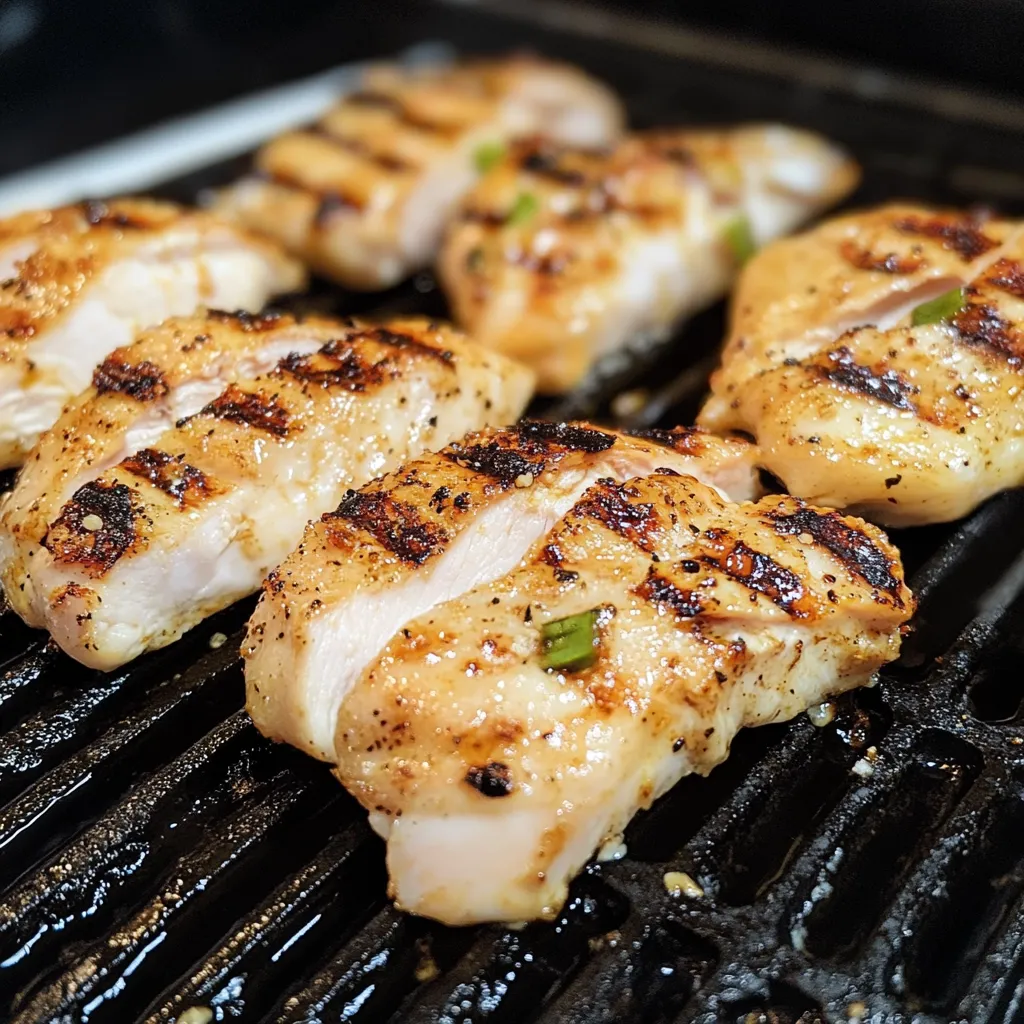
Storage, Reheating, and Creative Uses
Got leftovers? Smoked chicken breast is fantastic the next day (and the day after that!).
Storing Your Smoked Masterpiece: Refrigeration and Freezing Guidelines
Proper storage keeps your delicious smoked chicken breast safe and tasty.
- Refrigeration: Let the chicken cool completely, then store it in an airtight container in the refrigerator for up to 3-4 days.
- Freezing: For longer storage, wrap slices or whole breasts tightly in plastic wrap, then foil, or use a vacuum sealer. Freeze for up to 2-3 months for best quality. Thaw overnight in the refrigerator before reheating.
How to Reheat Smoked Chicken Breast Without Drying It Out
Reheating requires care to avoid undoing all your hard work! Microwaving is often the enemy of texture here. Better methods include:
- Oven: Place chicken in an oven-safe dish with a splash of broth or water, cover tightly with foil, and reheat in a low oven (around 300°F / 150°C) until just warmed through.
- Skillet: Gently reheat slices in a skillet over medium-low heat with a little oil or butter, maybe adding a splash of water or broth and covering briefly.
- Sous Vide (if you have one): Ideal for perfectly reheating without drying out.
Delicious Serving Suggestions and Perfect Side Dish Pairings
Smoked chicken breast plays well with so many flavors! Serve it with:
- Classic BBQ sides: Coleslaw, potato salad, baked beans, cornbread.
- Roasted vegetables: Asparagus, broccoli, Brussels sprouts.
- Fresh salads: Garden salad, Caesar salad.
- Creamy mashed potatoes or mac and cheese.
- Your favorite BBQ sauce on the side.
Smoked Chicken Breast Leftover Ideas: Salads, Sandwiches, Tacos, and More
The possibilities are endless! Use leftover smoked chicken breast for:
- Smoked Chicken Salad: Swap it for regular chicken in your favorite recipe.
- Sandwiches/Wraps: Slice thin and pile high with your favorite toppings.
- Tacos/Quesadillas: Shred or chop the chicken for a smoky Tex-Mex twist.
- Pasta Dishes: Add diced smoked chicken to creamy pasta sauces.
- Pizza Topping: Elevate your homemade pizza night.
- Soups and Chilis: Add depth and protein.
Frequently Asked Questions
Let’s tackle some questions about making the perfect smoked chicken breast.
What’s the absolute best wood for smoking chicken?
There’s no single “best” as it’s subjective, but fruitwoods like apple and cherry are extremely popular and highly recommended, especially for beginners.
Can I use boneless, skinless breasts for smoking?
Yes, absolutely! Just be aware they are leaner and more prone to drying out. Using techniques like brining becomes much more important. They will also cook faster than bone-in, skin-on breasts, so monitor the internal temperature closely.
Is brining really necessary for juicy smoked chicken?
“Necessary” is strong, but it’s highly recommended, especially for lean chicken breast. Brining significantly improves moisture retention and seasons the meat internally, acting as great insurance against dryness.
How do I know for sure when the chicken is done?
There’s only one reliable way: Use a digital thermometer! Check the internal temperature in the thickest part of the breast, avoiding the bone. Pull the chicken from the smoker when it reaches 160°F-162°F, let it rest, and it will carry over to the safe temperature of 165°F.
What’s the difference between smoking at 225°F vs. 250°F or higher?
- Smoking at 225°F: Provides the most time for smoke flavor absorption, very gentle cooking, and maximum moisture retention. Takes the longest.
- Smoking at 250°F-275°F: Cooks faster, still allows for good smoke flavor, and may help render skin slightly better than lower temps. A good balance of speed and quality.
Choosing between 225°F and 275°F often comes down to personal preference and how much time you have.

